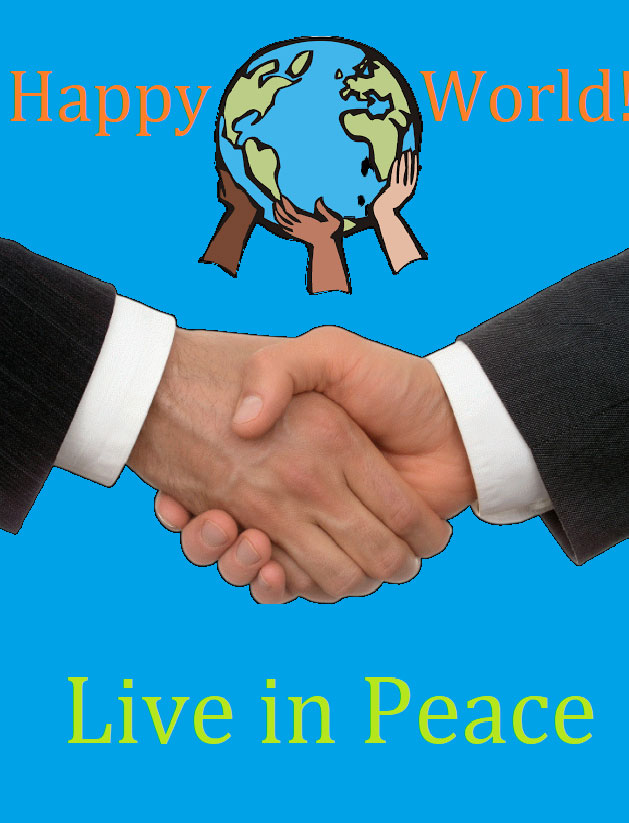The classes during which the students presented their propaganda assignments, shared the rationale of their choices and engaged with the responses the works elicited, were some of the most intensive and fun we’ve had in my time with this programme in Akshar so far. In my last report (presentations by group 1 and 2), I’d hoped to share all of the presentations in the students’ words—now, weeks of coaxing/nagging later, I’ve decided to temporarily abandon such towering ambitions and move on with my documentation of the presentations. In this class, groups 3 and 4 showcased their propaganda exercise.
Group 3
This pair of posters set the session off to an interesting start since the student-audience was not sure which qualified as ‘positive’ propaganda. The presenting group (avid video game-enthusiasts themselves) wanted to address and counter popular negative connotations around this medium, promoting the stress-busting and psychological relief aspect of video games. The group explained that they designed the poster keeping in mind what might seem appealing and hold the promise of a community to some ‘lonely videogame enthusiast’. Responses from the other students included—the message is confusing because the guns and caution sign exactly symbolize the negative perceptions, so those who don’t already play videogames will be distracted by those and not notice any ‘positives’; more non-gamers are likely to see the poster, so where the poster is put up is important.
The ‘Communism Needs You’ poster seemed to puzzle the student-audience, while still evoking rather strong responses—was it positive or negative, why Stalin? One student from the audience stated that it was negative because it ‘imposes’ an ideology, which a student of the presenting group countered with— ‘Don’t all the posters?’, allowing me room to initiate a brief discussion on agency and ideology, drawing from their responses.
Group 4
This group of students, interestingly enough, was the only group that had not chosen each other, but had simply formed a group out of all those who hadn’t yet picked groups. As negative propaganda, this group made a ‘revive nazism’ poster, complete with Hitler and swastika. The audience’s observations included—the words are in german, which no one in the audience could read/understand; that the US and UK flags are torn is not visible unless zoomed into; If the poster-designer is trying to revive nazism, why is there a hazard symbol? For their positive propaganda exercise, they picked world peace. The audience did not find much to comment on until one of them remarked that it looked like a business deal — the presenting group hotly refused this interpretation and a lively debate ensued that ended up, with some help from me, at a discussion on contemporary wars and the role of commerce and profit-making in them.
While these two groups’ presentations were perhaps not as ‘artistically creative’ in conventional understanding as the previous days’ groups’ (hand-illustrated posters, poem as propaganda etc.), that the students — both the presenting groups and the audience—were thinking on their feet, taking more care in forming arguments logically and making keen observations, was difficult to miss.




